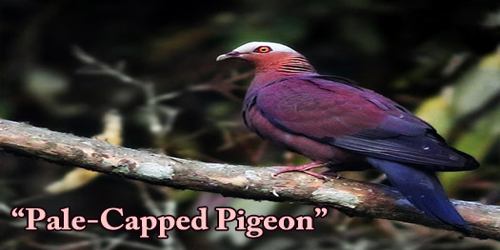GTDs, also known as grapevine trunk diseases, are the misery of vineyard owners everywhere, causing more than $1.5 billion in annual economic losses as of 2012. The mechanics of how these GTD-causing fungus functions have been a mystery, despite the fact that researchers have long known that a variety of pathogenic fungi band together to attack grapevines.
An international team of researchers, lead by the University of Massachusetts Amherst, recently revealed a previously unidentified method used by a collection of pathogenic fungi acting in concert to kill grapevines. Thankfully, it appears that a simple, affordable remedy could be just around the corner.
Up to 30% of the vines in a single vineyard have been reported to perish each year from GTD attacks, which mainly target older, well-established grapes. Annual losses from GTD account for approximately 14% of the value of wine grapes produced in California alone.
The fungi that cause GTD usually enter the vine’s system through pruning cuts and, once established, form a rotting canker that slowly spreads, disintegrating the vine’s woody portion from the inside out and killing the plant.
Scientists are baffled by how a collection of fungi have managed to dismantle the challenging cellulose and lignin architecture that support woody plants.
“The missing ingredient,” says Barry Goodell, professor of microbiology at UMass Amherst, and the paper’s senior author, “is an understanding of what very small compounds produced by the fungi are actually doing to the grapevines.”
We also discovered that there’s another set of small compounds that are produced by other fungi in the consortia, and these compounds are really good at producing hydrogen peroxide. When hydrogen peroxide meets reduced iron BOOM! the reaction releases a host of oxygen radicals that damage the woody tissue causing an almost cancer-like disease.
Professor Barry Goodell
More specifically, Goodell and his UMass Amherst colleagues and students, along with cooperating scientists from the University of Florence in Italy, the Université de Lorraine and the Université de Haute-Alsace, both in France, the University of Concepción in Chile, as well as vineyard owners in both France and Italy, have found that some of the fungi that cause GTD produce various kinds of small compounds that are released into the wood of the vine.
One of such substances is in charge of lowering iron. Iron is typically found as the chemical molecule Fe3+. It creates the conditions for some unpleasant grapevine issues when iron is reduced from Fe3+ to Fe2+.
“But that’s not the whole story,” Goodell says. “We also discovered that there’s another set of small compounds that are produced by other fungi in the consortia, and these compounds are really good at producing hydrogen peroxide. When hydrogen peroxide meets reduced iron BOOM! the reaction releases a host of oxygen radicals that damage the woody tissue causing an almost cancer-like disease.”
In essence, many fungi discovered a way to combine their own chemicals in order to blow the cellulose walls of the grapevine’s cells apart. Each of these fungi produces one of the two kinds of tiny molecules required for an extracellular bomb.
The fungi can gorge themselves on the sugar-rich fluid that was formerly the cellular framework supporting the vine’s own growth once the cell walls have been broken. Fortunately, there is a potential remedy that is so widespread that customers undoubtedly eat it every morning with cereal.
They are frequently included in food goods to maintain freshness and stop the development of reduced iron and hydrogen peroxide. Additionally, they consume the oxygen radicals that the fungi make.
“In addition,” Goodell points out, “there are some select bacteria and fungi that produce these antioxidant and chelating compounds. Our research shows that we may be able to manage and stop GTDs through ‘bio-control’ treatments by increasing the natural presence of these antagonistic organisms on the vines.”
“Of course, there’s still work to be done,” says Goodell. “Vineyard pathologists need to test our research in the field, and other microbiologists will want to verify our work. But we already have colleagues as part of our larger team that are doing this, and we’re confident that this research represents a breakthrough in ways that we understand this devastating disease of vineyards and how to control that devastation.”
The research was recently published in the journals Fungal Biology and Frontiers in Plant Science, and was supported by the USDA-NIFA Hatch Multistate Program and the Microbiology Department at UMass, the French/European VitEST project, and Laboratoire Vigne Biotechnologies et Environnement at University Haute-Alsace, and DAGRI at the University of Florence, Italy.
















